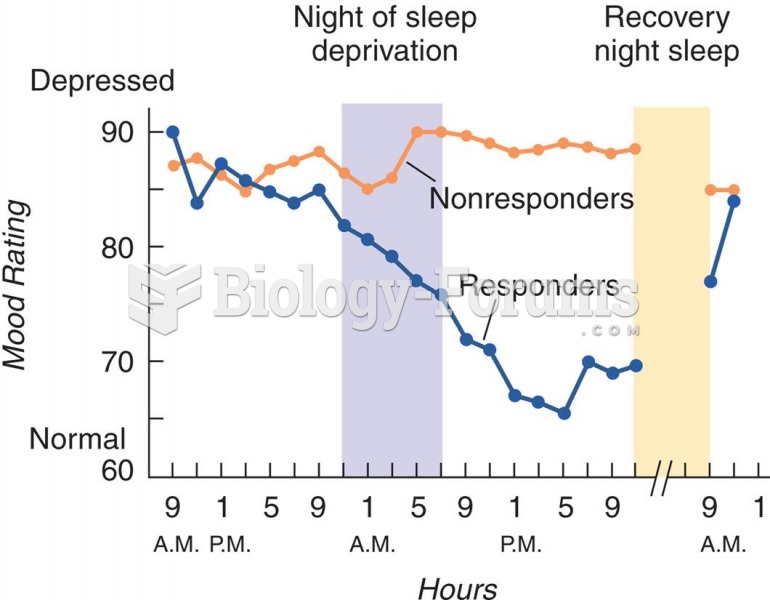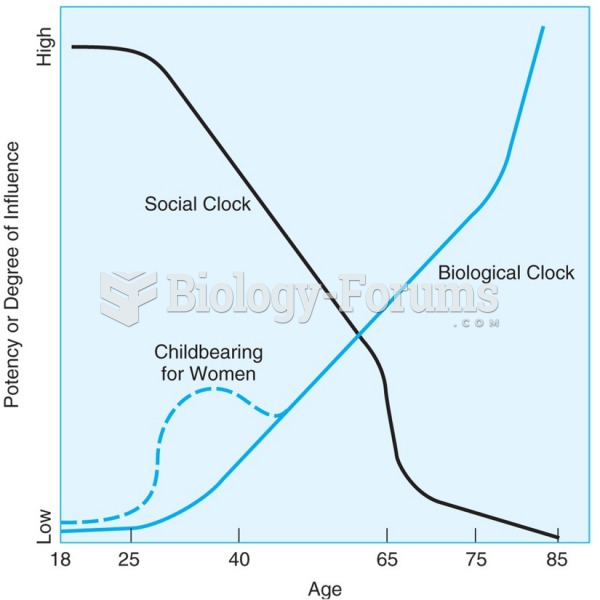Answer to Question 1
According to relative deprivation theory, people who are satisfied with their present
condition are less likely to seek social change. Social movements arise as a response to
people's perception that they have been deprived of their fair share.. Thus, people
who suffer relative deprivation are more likely to feel that change is necessary and to
join a social movement in order to bring about that change. Relative deprivation refers
to the discontent that people may feel when they compare their achievements with
those of similarly situated persons and find that they have less than they think they
deserve. Movements based on relative deprivation are more likely to occur when an
upswing in the standard of living is followed by a period of decline, such that people
have unfulfilled rising expectationsnewly raised hopes of a better lifestyle that are
not fulfilled as rapidly as the people expect or are not realized at all.
Answer to Question 2
There appear to be identifiable stages in virtually all movements that succeed beyond
their initial phase of development. (1) In the preliminary (or incipiency) stage,
widespread unrest is present as people begin to become aware of a problem. At this
stage, leaders emerge to agitate others into taking action. (2) In the coalescence stage,
people begin to organize and to publicize the problem. At this stage, some movements
become formally organized at local and regional levels. (3) In the institutionalizatio n or
bureaucratization stage, an organizational structure develops, and a paid staff (rather
than volunteers) begins to lead the group. When the movement reaches this stage, the
initial zeal and idealism of members may diminish as administrators take over
management of the organization. Early grassroots supporters may become disillusioned
and drop out they may also start another movement to address some as-yet-unsolved
aspect of the original problem.







